WELCOME BACK
LET'S CONTINUE YOUR JOURNEY!
Go back to where it all starts
Discover who you are
Get help navigating your life
Be more engaged in life
Achieve & become more
Power with knowledge
Be a lifelong learner
Talk to a professional
Manage your settings
'Til we meet again
Use the following buttons to jump right to a desired place in your report.
These charts show an at-a-glance overview of the assessment score by element, separated by the four major Pillars found in the Human Achievement Process.
Scroll down for more details about each score, for an analysis of your results, and for more information about the Human Achievement Process.
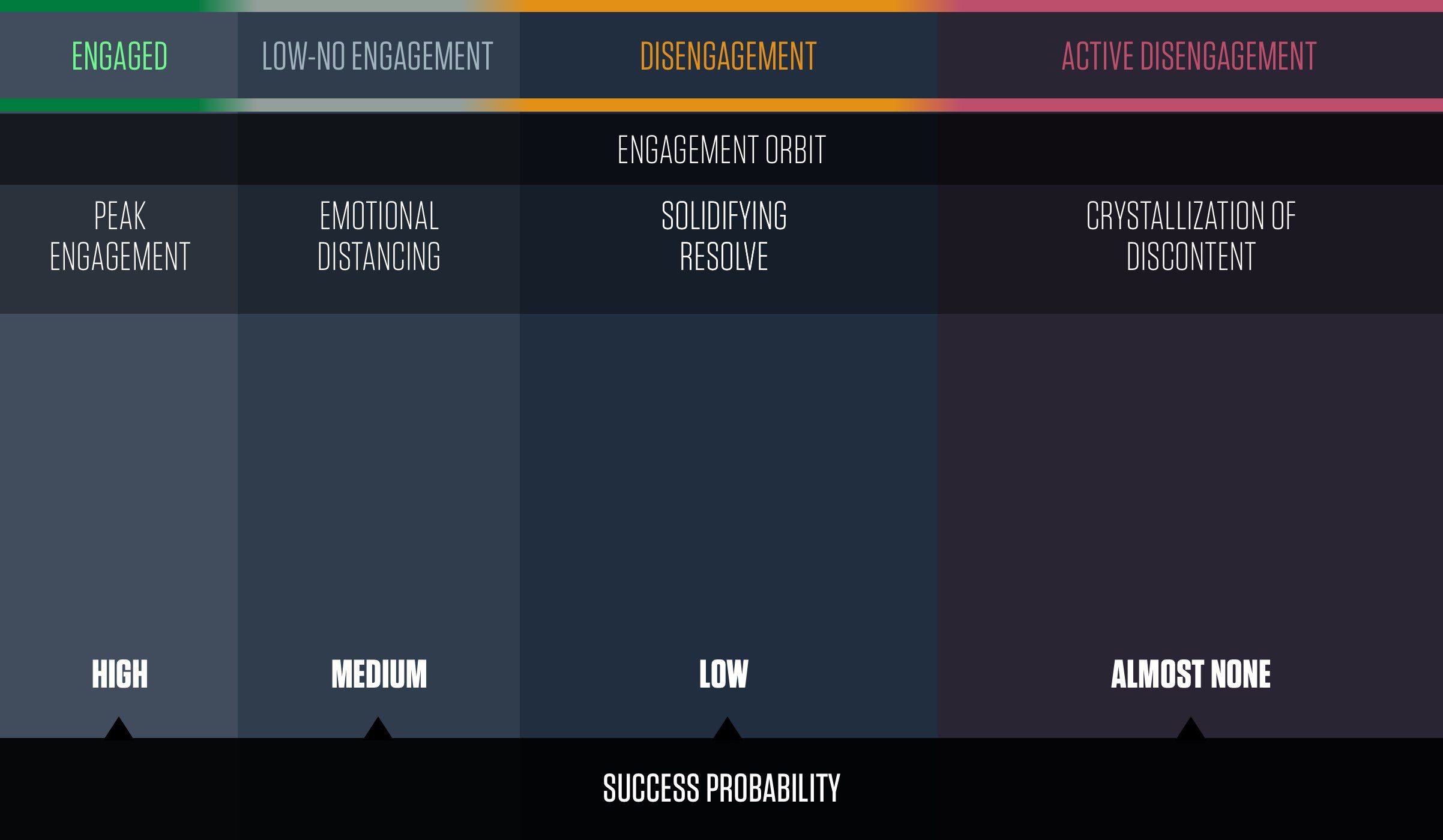
Individuals within a team go through stages of engagement. At “Peak Engagement” they’re in an optimal orbit and perform their best. When one or more of the Elements of Engagement deteriorate, there’s less mass holding them in orbit.
As this happens, their orbit decays and they tend to drift outward along a predictable emotional path, across a spectrum of disengagement.
Because engagement (or the energy we have for the things we do) is so fundamental to long-term success, we can correlate our level of engagement to our likelihood to succeed. We call this Success Probability.
Based on the results of this team’s assessment, our Engagement Algorithm is able to map this teams cumulative engagement to a corresponding Success Probability Score.
Remember, this is just a probability score, based on the engagement results from this team’s assessment.
This report will include details on what you can do to increase this team’s overall engagement and by doing so, increase their corresponding likelihood for success!
For more information on the Orbits of Engagement, click here to access the course in our Achievement Academy, or click on the image here to see how this engagement level correlates to satisfaction, sentiment, performance, engagement, probability of success, and even level of threat (cultural threat and security / cybersecurity threat).
As we’ve studied the science of the 16 Elements—how they lead to engagement and how engagement leads to achievement—we discovered a six-pillar process of continuous improvement.
The 16 Elements are distributed across the 4 cornerstone pillars.
These 6 Pillars form the foundation of human achievement.
When a team’s score in any one Pillar is low, this represents a categorical deficiency, and represents a larger issue than any one or two low-rating Elements.
When a whole category score is low, this represents a state of high-risk. Left unfixed, it will result in an overall stall in the team’s ability to move forward.
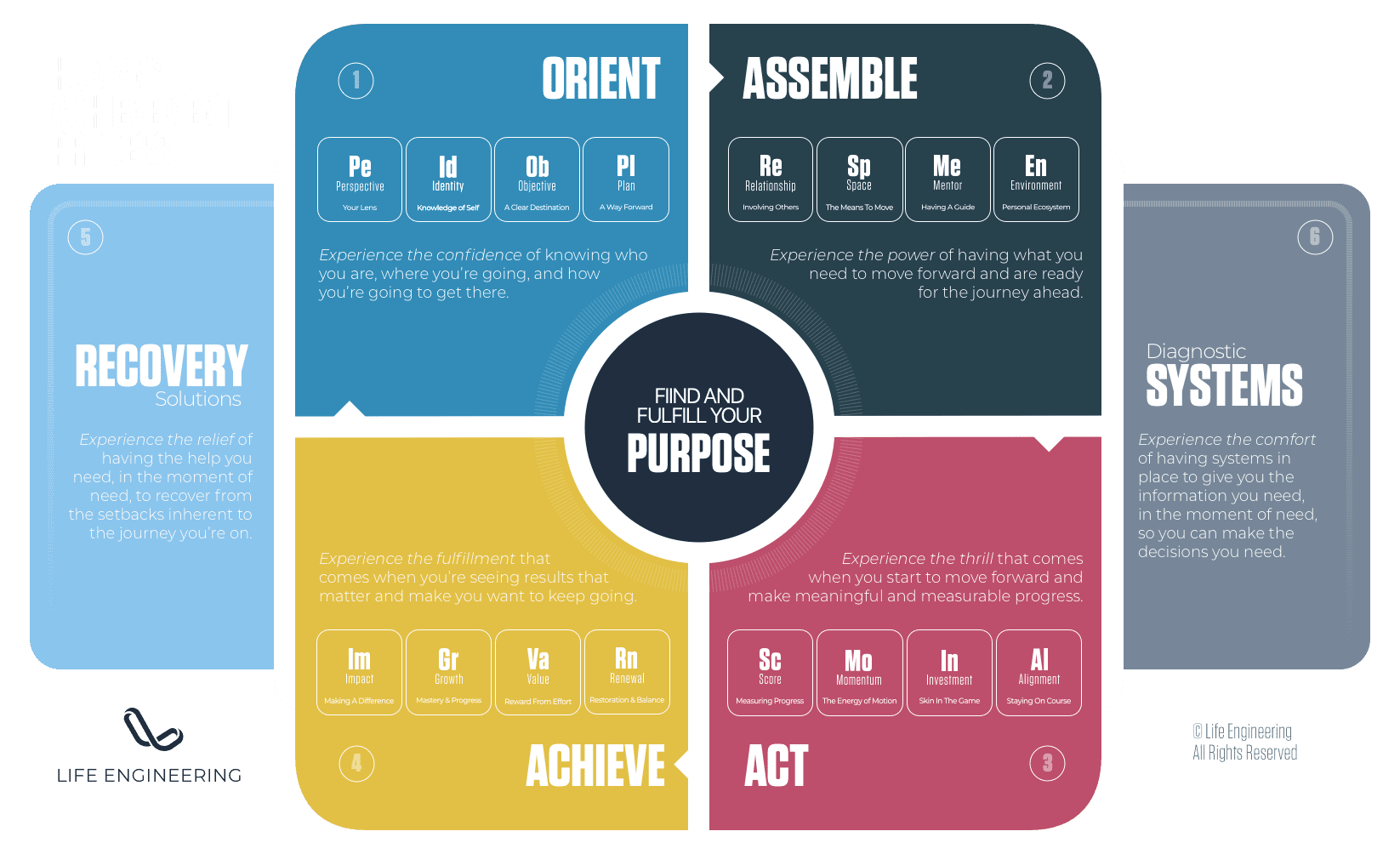
Being successful means starting right… starting strong—whether you’re starting a new journey or are just starting your day on a journey you’re already on.
The Orient Pillar is where you experience the joy that comes when you put your past into perspective and your future in focus… when you know who you are, where you’re going, and how you’re going to get there.
PILLAR SCORE
0%
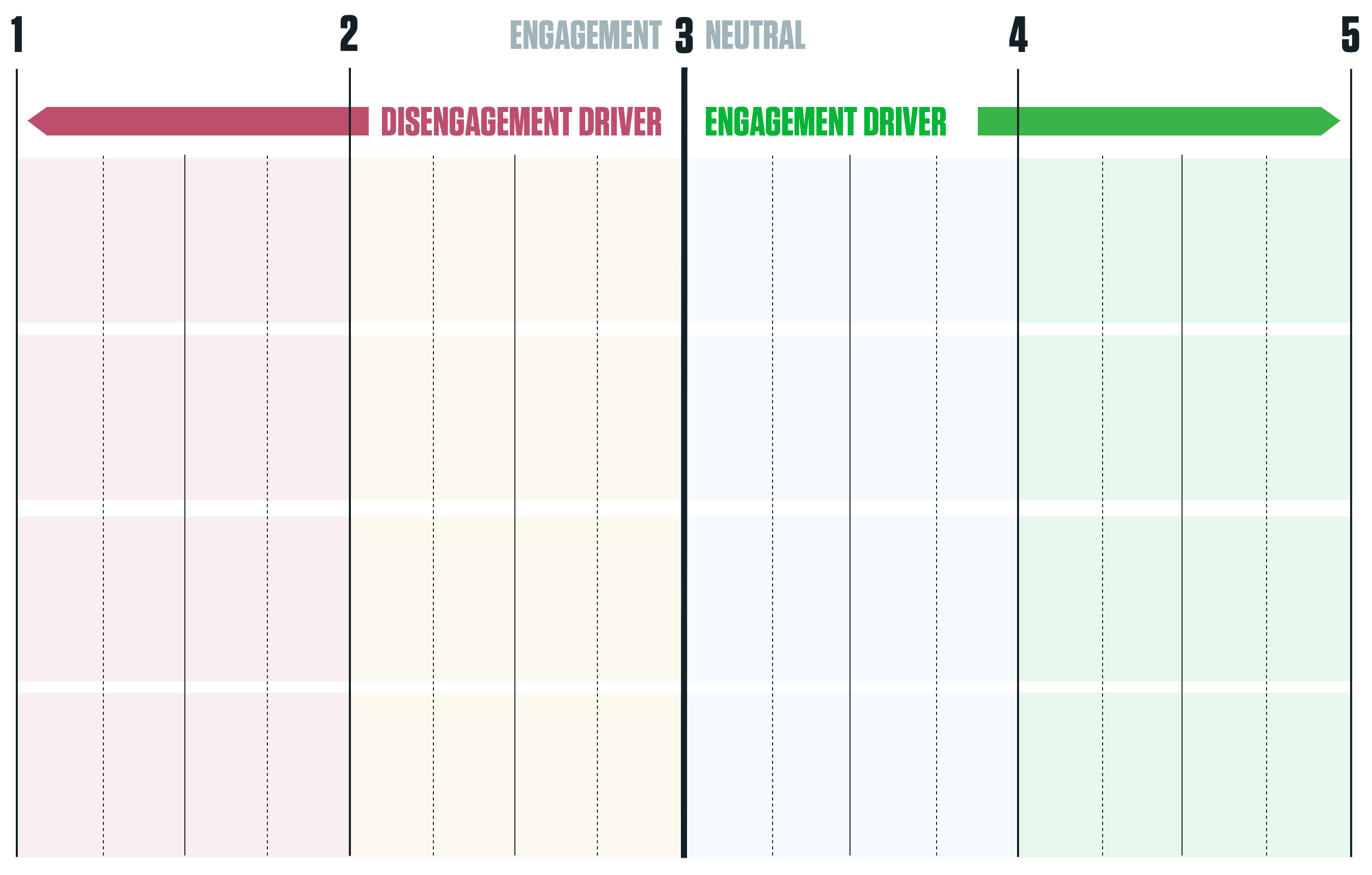

Identity
Perspective
Objective
Plan
To be successful in life, you can’t do it in isolation. Successful people know that they don’t get there without help. In fact, they make sure getting that help is a core part of their move-forward strategy for success.
The Assemble Pillar is about accessing the support you need to succeed. It’s about knowing how to access and leverage leaders and mentors, how to involve others in a way that increases enjoyment and powers progress, how to architect your environment to support success and how to adequately equip yourself for the journey you’re on.
PILLAR SCORE
0%


Space
Relationship
Mentor
Environment
Getting oriented and having all the right resources feels amazing, but what matters now is that we take action!
The Act Elements are designed to help you get moving and stay moving. It’s about knowing how to measure progress and be accountable. It’s knowing how to build and maintain momentum on your journey. It’s about knowing how to invest in your objective and in your plan so that you are motivated to keep moving forward.
PILLAR SCORE
0%


Score
Momentum
Investment
Alignment
To sustain engagement long term, we have to feel like the journey is worth it. We have to feel like the outcomes that we get from the Investments we’ve made are rewarding enough to keep investing.
The Achieve Elements draw on powerful extrinsic and intrinsic motivators that help you answer the question, “Is it worth it?” When the answer to that is yes, you find the long-term motivation to move forward because the outcomes are worth the effort.
PILLAR SCORE
0%


Impact
Growth
Value
Renewal
For every member of every team, and for every team generally, there will naturally be times of high engagement and low engagement. Engagement is cyclical.
Understanding the elements that drive engagement within a team at any given time (and over time) can tell you a lot about how what’s going well for that team, and what they care about.
This team’s Primary Engagement Drivers are all the Elements that keep the team actively engaged. They tell you what’s working.
These are what you want to hold on to, because they keep the team moving forward. The Elements below represent the Primary Engagement Drivers for this team.
Disengagement Drivers are the Elements that are absent or weakly represented, and that works against this team’s overall engagement.
Unresolved, these Elements will drive the team into increasing stages of disengagement, reducing their chance of success.
It’s important to note that it’s very common to have some Elements in this category, because not every aspect of every team can be perfect. So don’t be surprised if there are some Elements here.
What matters is that we recognize the Elements in this category and try to solve for as many of them as possible.
You want to either move them from Disengagement Drivers to Engagement Neutral (have no impact) or into Engagement Drivers, where they begin to work for the team.
Most important of all is to pay attention to the ratio of Engagement Drivers to Disengagement Drivers.
Whichever of those categories has more Elements will have more mass, and that mass will draw this team into either increasing engagement or disengagement.
Understanding and solving for that balance is key to managing team engagement.
These Elements are not currently having an actively negative impact on this team. They’re also not currently having an actively positive impact.
Whereas Disengagement Drivers lead to stages of disengagement, Neutral Elements create a state of non-engagement. While “not engaged” isn’t as bad as “disengaged,” if a team is “not engaged” in the work they do, they are less likely to achieve the results that they desire, driving down their Success Probability Score.
This category of Elements is important, because they can take less work to solve for.
If a team can shift even a portion of these Neutral Elements into Engagement Drivers, the overall energy outcome can be really high relative to a generally low investment input.
Now that you know your engagement results for this Team, the next step is to take action. Begin by learning about the Elements most likely to positively impact engagement within this team.
You can access the full academy below, or we’ve created a custom journey through this content, based on your results.
This will allow you to focus your learning and optimization efforts on the aspects of this team’s journey most likely to have the strongest and most immediate impact.The more you know and understand about the Elements that drive engagement, the better you’ll be able to engage in and optimize the journeys your teams are on.
Cancel any time.
Written by founder and CEO of Life Engineering, this book is a guide to the human journey… to your journey. It’s a guide to looking forward and not back. It’s a guide for finding your way and making decisions. It’s a guide to understanding who you are and why you matter. It’s a guide to finding your purpose and living your best life.
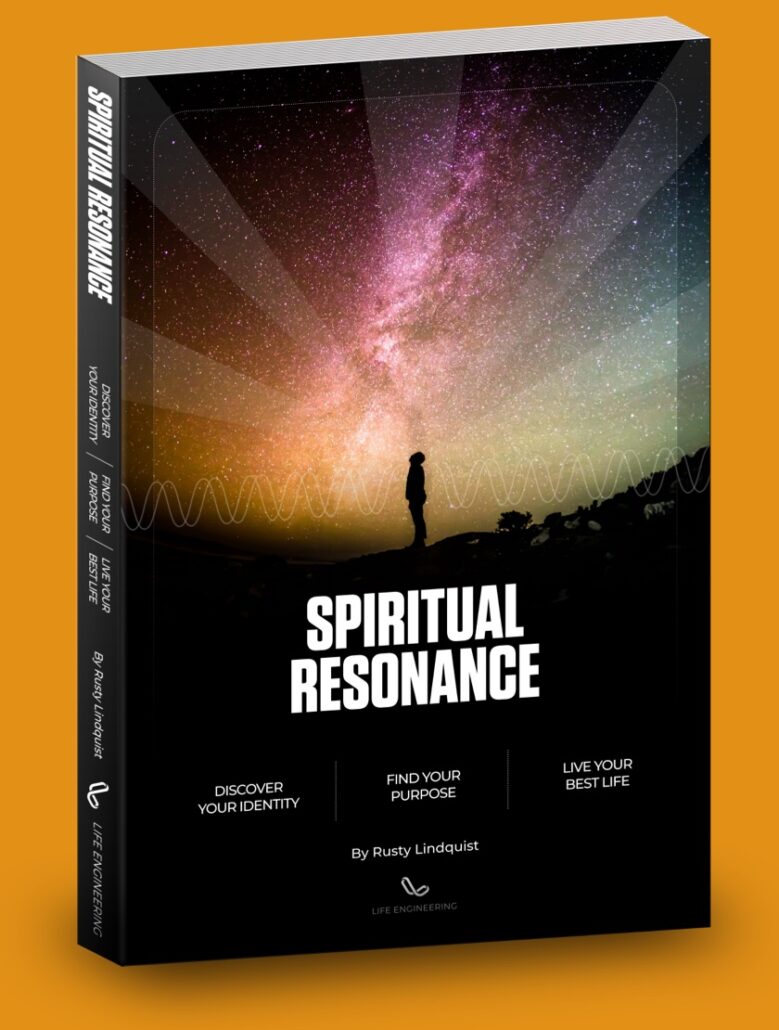

You found premium content! As a member, you have access to an entire suite of resources to power your journey to success.